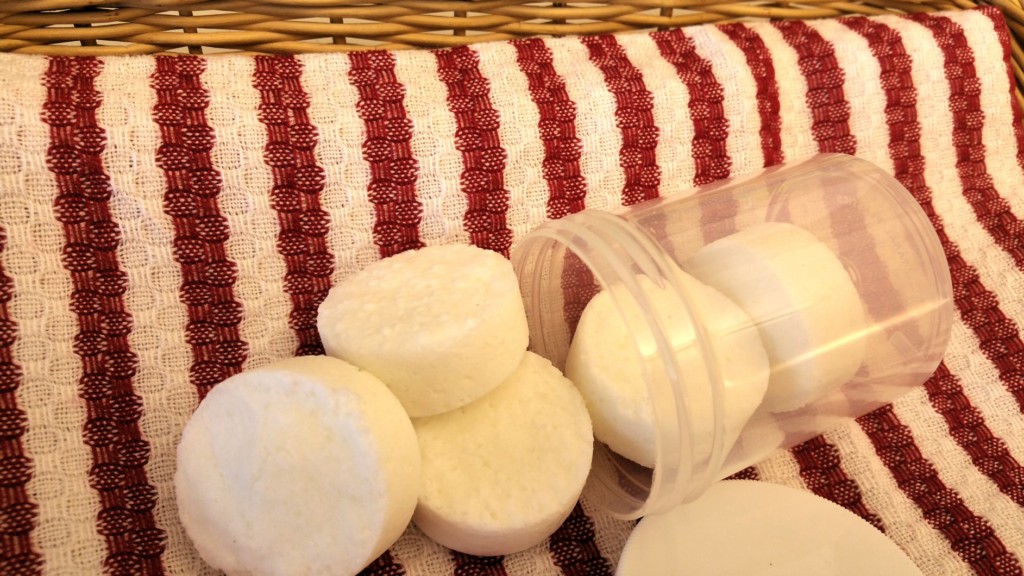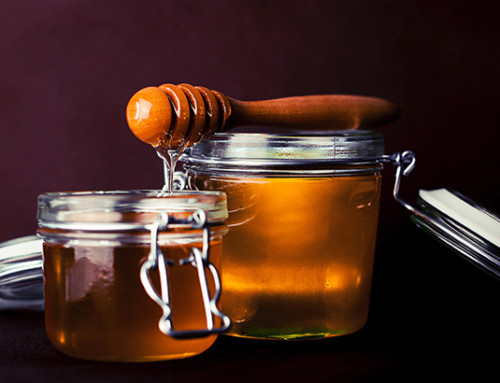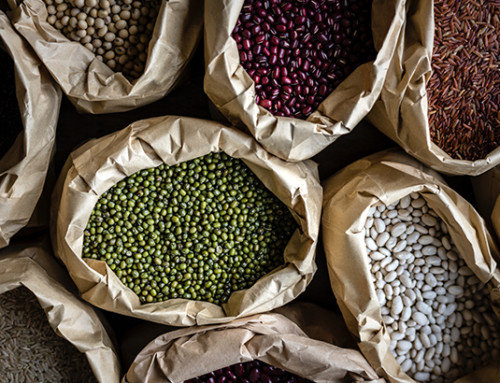Next Sunday is Mother’s Day, so in honor of all the mothers out there, we’ve got a chemistry experiment from Home Science Tools that doubles as a gift! (Hold your applause.) Yes, that’s right. Not only are you going to learn about acids and bases and the science behind bath bombs, you’re also going to make bath bombs!
Home Science Tools was started in 1994, and they are a great source of science supplies for teachers, home schooled children, science fair projects, or just fun science experiments at home. As they say, “Our purpose at Home Science Tools is to provide families and schools with the tools they need to give their children and students a better science education. We believe our service is helping to develop today’s kids into the faithful and competent scientists, medical professionals, engineers, and teachers of tomorrow.”
So without further ado, let’s do this.
The Science Part
If you follow our blog, then you know we have posted a lot of information about acids, bases and the pH scale in the past, including the basics, errors in pH measurement, DIY pH paper experiments and more. So we know that the pH scale goes from 0-14, a pH of 7 is neutral, pH below 7 is acidic, and pH above 7 is alkaline. When you combine acids and bases, you will get a chemical reaction.
If you’ve ever made an erupting volcano or fizzing anything, than you probably combined acids and bases. So, when you combine certain ingredients, and you get a fizzing, bubbling reaction, why did that really happen? Acids and bases reacting.
In many experiments, including this one, you have a base (often baking soda) and an acid (often vinegar, lime juice or citric acid). When you add other ingredients into the mix, the reaction can be controlled.
In this experiment, cornstarch and Epsom salts are added to the bath bombs, and these ingredients act as liquid absorbers to help keep the baking soda and citric acid from reacting with each other when liquids are added. Borax is also used in the mixture, which acts as both a preservative and an emulsifier, stabilizing the acid and the base and keeping them from reacting with each other before entering the water.
Water is the catalyst for the reaction to occur because it dissolves the solids and allows the ions in the acid and the base to move and collide with each other, causing a chemical reaction to occur. A catalyst is something added to a chemical mixture that speeds up the chemical reaction time. This reaction forms carbon dioxide, a gas, which rises to the surface of the bathwater in the form of bubbles. The oils and the fragrances are useful as a liquid to help form the bath bombs as well as leave the skin smooth and scented. (Those last two ingredients are less for science and more for moms!)
The Fun Part

Let’s make bath bombs! (Adult supervision recommended.)
Here’s what you need:
- ½ cup baking soda
- ¼ cup citric acid in powder form
- ¼ cup cornstarch
- 2-1/5 Tablespoons Epsom Salts
- 1-1/4 Tablespoons olive or almond oil
- 1-3/4 teaspoons water
- ¼ teaspoon fragrance oils
- 1/8 teaspoon borax
- Plastic mixing bowl
- Gloves
- Jar with lid or other airtight container
- Bath bomb molds or ice cube trays (could also use metal tealight candle holders with the candles removed or any similar shaped mold)
What to do:
- Put the gloves on and combine the baking soda, citric acid, corn starch, and Epsom salts together in a bowl. Mix well and set aside.
- Combine the oils, water, and borax in a jar. Cover it with the lid and shake vigorously to mix the ingredients well.
- Slowly add the liquid mixture to the dry mixture, a few drops at a time, stirring continuously and quickly to minimize fizzing. When fully mixed, the mixture will be very dry and crumbly.
- Pack the mixture into molds or ice cube trays and let rest for two days.
- After two days, carefully remove the mixture from the molds. If using metal tealight holders, have an adult help you use scissors to cut the metal away from the bath bomb.
- Take one of the finished bath bombs and drop it in the water. What happens? A chemical reaction!
The reaction you’re seeing is exactly what we described earlier. There are hundreds of bath bomb recipes out there, so find a few more to try that use different ingredients, and see if you can figure out what roles each of the ingredients are playing. Happy Mother’s Day to all you moms out there, and thanks to Home Science Tools for this great exercise in science!







Leave A Comment